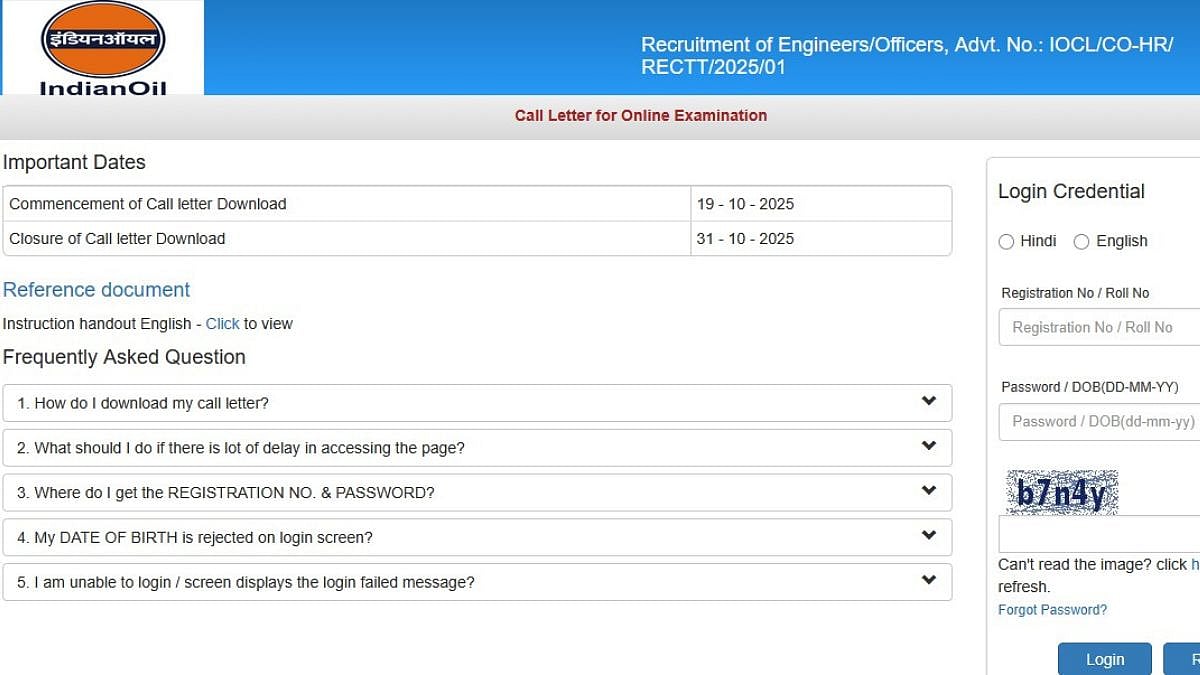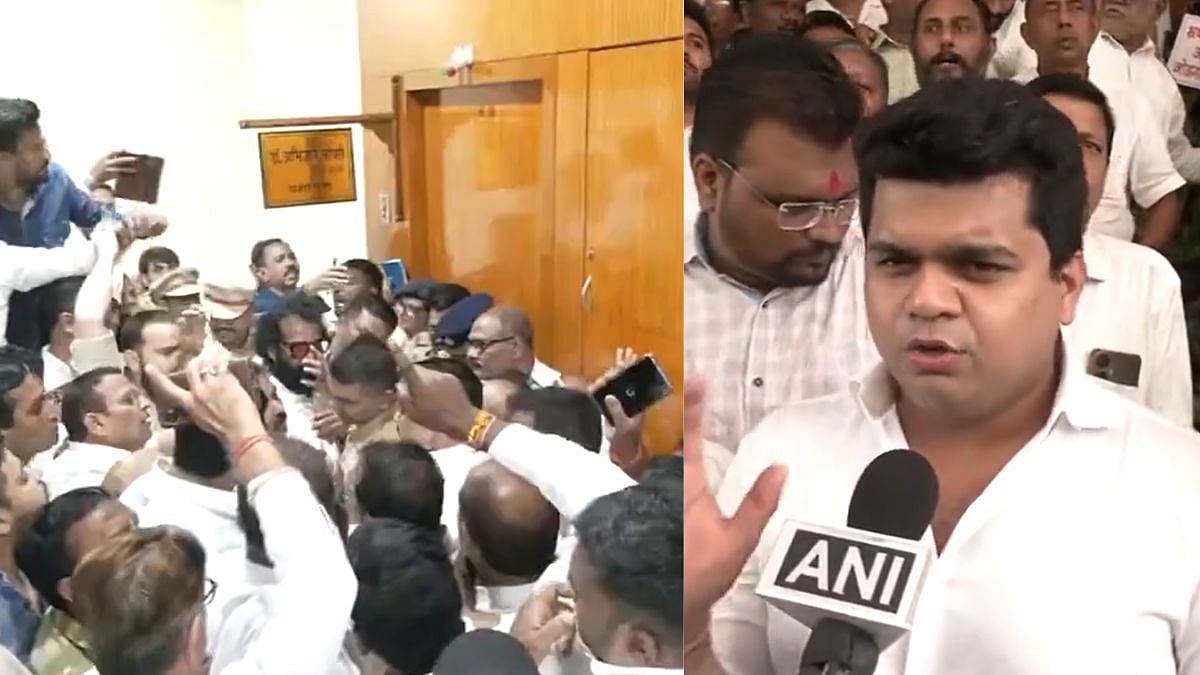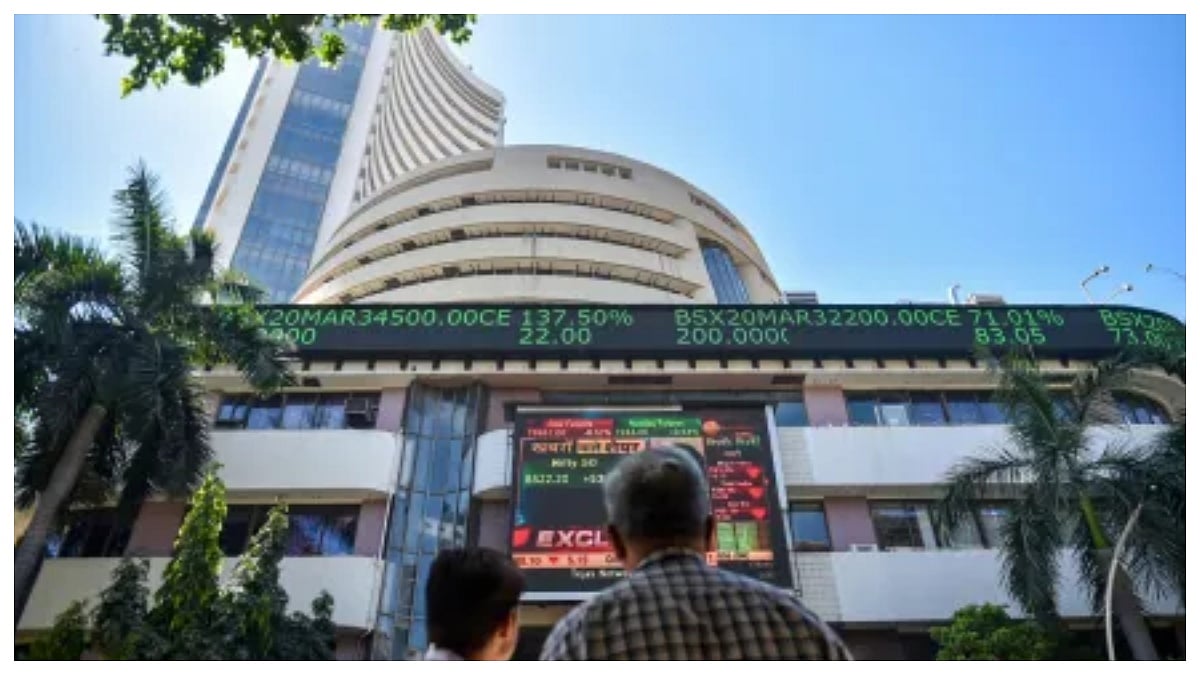New Delhi: The Employees’ Provident Fund Organisation (EPFO) has rolled out a new withdrawal framework under the upgraded EPFO 3.0 system. The changes, approved by the Central Board of Trustees led by Labour Minister Mansukh Mandaviya, aim to simplify and unify partial withdrawal processes, while offering greater flexibility for subscribers.
Immediate Access During Unemployment
One of the most impactful changes is the immediate withdrawal of 75 percent of EPF balance after job loss, offering critical financial relief. Under the old rules, this could be done after one month, and full withdrawal after two months. Now, full withdrawal can only be made after 12 months of continuous unemployment, encouraging long-term corpus retention while supporting short-term liquidity.
Longer Wait for Pension Withdrawal
Pension withdrawals have become stricter. The waiting period has been extended from 2 months to 36 months post-unemployment, aligning pension benefits with longer-term retirement goals.
Standardised 12-Month Service Requirement
Across all categories—including medical treatment, natural calamity, house construction, or education—the minimum service tenure for partial withdrawals has been standardised to 12 months. This replaces the earlier fragmented requirement of 2 to 7 years depending on the purpose.
Increased Flexibility for Education and Marriage
Under EPFO 3.0, members can now make up to 10 withdrawals for education and 5 for marriage, a significant increase from the earlier limit of 3 and 2 respectively. This caters better to changing personal and family needs over a career span.
Housing and Loan-Related Withdrawals Remain Intact
Rules related to home purchase, loan repayment, or improvements remain largely unchanged but will now follow uniform eligibility norms and benefit from simplified digital processing.
Mandatory 25 percent Balance Retention Introduced
To ensure financial security, EPFO has introduced a minimum balance rule —members must retain at least 25 percent of their corpus post-withdrawal, aiming to protect long-term savings while meeting urgent needs.












